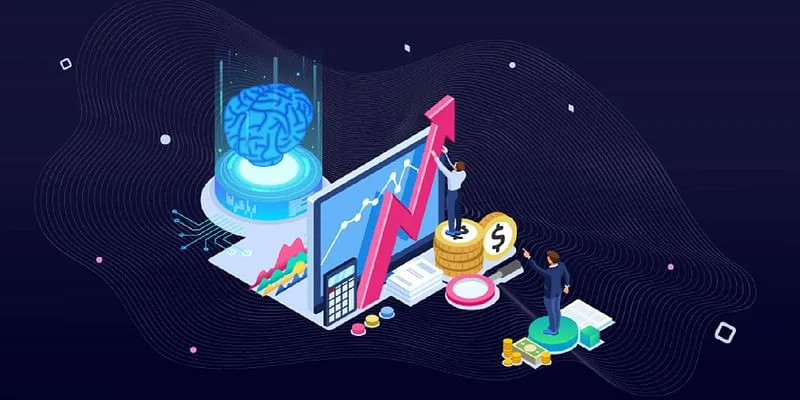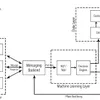Conversational analytics in the no-code framework of business users
Customer retention and loyalty have increased due to the use of customer analytics. With evolving developments in deep learning models and NLP algorithms, conversational analytics will transcend into context-aware voice interface technology, writes Naren Vijay, Executive Vice President, Lumenore.
Businesses rely on information flow between their customers, suppliers, employees, and investors. But, remaining in control of these processes is getting harder with the volume of data being generated.
Business intelligence (BI) tools without massive IT deployment can be used to tackle these processes promptly. Software tools like no–code are becoming standard in organisations. With no-code analytics, one can easily collaborate with their entire team for faster and simpler access to insights. Voice-enabled modules allow one to answer essential questions in a fraction of a second. It is also possible to drag and drop utilities to visualise any data, explore different views, and easily combine multiple databases. According to McKinsey, enhanced analytics has led to a 50 percent increase in conversion rates on service-to-sales conversations.
Conversational analytics
Conversational analytics is the convergence of speech, chat, and wider text analytics across any medium (voice, video, app, mail, or good old-fashioned letter). It began with modest steps, coding from the ground up. From there, it's on to complicated abstraction software, drag-and-drop builders, and other product components that do specialised functions that directly impact the analytics field's customer contact section.
Phrases like "Alexa," "OK Google," and "Siri" have revolutionised the human-machine interaction process. Adding conversational analytics and AI technologies improves navigation through all this data, extracts the right data sets from multiple sources, and makes it available via voice or type queries.
According to the Harvard Business Review, customer retention and loyalty have increased due to the use of customer analytics. BCG goes even farther, claiming that when customers' experiences are tailored, they are 40 percent more likely to spend more than intended. The prospect of such conversion rates explains why so many organisations have jumped on the Conversational analytics bandwagon.

ALSO READ

Developers use these conversational platforms to build user interfaces, chatbots, and virtual assistants for integration into messaging platforms, social media, SMS, website chat. These services will include a development platform to build conversational interfaces with strong NLP engines, supporting voice and text input modalities. And this platform has multi-faceted capabilities handling dialogue management, multiple chatbots orchestration, training data maintenance.
Developers build these platforms by capturing data across all customer interactions, calls, emails, chats, etc. All this unstructured data enclosed in these interactions is matched with structured data such as the agent that took the call, the time and date a customer reached out, and who the customer is.
Once this data is all structured, the customer's journey becomes clear, regardless of the channel or channels they may wish to use. Doing all these conversational analytics provides deep customer insights into how an organisation's various aspects are perceived by its customers and addresses the system's need gaps.
This is just the beginning of the conversation analytics journey. With evolving developments in deep learning models and NLP algorithms, conversational analytics will transcend into context-aware voice interface technology, resulting in improved human behaviour analysis like emotion, mood, and sentiment analysis. As a result, businesses can align with the right technology to capture every nuance of the customer journey, which is based on a ‘gut feel’ with the enormous amounts of capital spent in developing products and maintaining market share, and yet have to guess at the market response.
Conversational analytics takes the guesswork out by providing hardcore data to substantiate choices.
Edited by Anju Narayanan
(Disclaimer: The views and opinions expressed in this article are those of the author and do not necessarily reflect the views of YourStory.)







